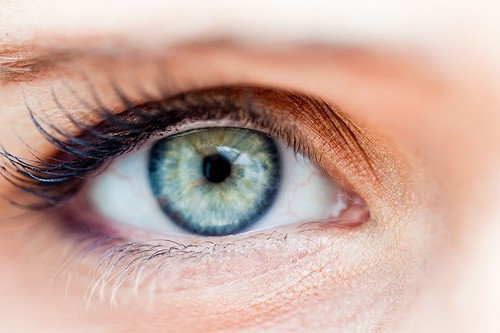
Scientists have developed a new technique to restore vision in patients with corneal injuries.
Supplying stem cells from a patient's undamaged eye to the injury site helps regenerate healthy corneal tissue, according to a study published in Science Translational Medicine.
The rodents, which received the treatment could see clearly within one month of the treatment.
"We found that when the stem cells were applied to damaged corneas they healed and became clear again within four weeks of treatment, while those untreated remained clouded," Dr Sayan Basu, Consultant Corneal Surgeon, LV Prasad Eye Institute, told reporters, according to PTI.
The ground-breaking research is expected to improve the treatments currently available for corneal injury.
"The new treatment could eventually become an alternative to corneal transplantation," Basu added.
For the treatment, researchers from the Hyderabad- based L.V. Prasad Eye Institute (India) and University of Pittsburgh School of Medicine, US used ocular stem cells from the surface of eye and limbus- the area between cornea and sclera.
During the study, researchers grew stem cells from biopsies of banked human donor eyes and used them to treat corneal injury in a mouse model. The stem cells were glued to the injury site with the help of a protein called fibrin.
"Even at the microscopic level, we couldn't tell the difference between the tissues that were treated with stem cells and undamaged cornea," senior investigator James L. Funderburgh, professor of ophthalmology at University of Pittsburgh School of Medicine said in a news release.
"We were also excited to see that the stem cells appeared to induce healing beyond the immediate vicinity of where they were placed. That suggests the cells are producing factors that promote regeneration, not just replacing lost tissue."
Cornea, the transparent tissue that covers the front of the eye, helps protect it from several harmful substances. It also helps regulate entry of light into the eye and focus.
Cornea, according to Medline Plus, can get injured through using the wrong size or overuse of contact lens; reactions to solutions used for contact lens, abrasions, chemical irritation, over-exposure to artificial or ultraviolet light, dry eyes and exposure to dusty environment.





!['It's not Mumbai traffic, it's air traffic': Suriya apologises to Mumbai media after paparazzi yelled At Him for making them wait for hours [Watch]](https://data1.ibtimes.co.in/en/full/806234/its-not-mumbai-traffic-its-air-traffic-suriya-apologises-mumbai-media-after-paparazzi.jpg?w=220&h=138)
![Bigg Boss 16-fame Sreejita De and Michael Blohm-Pape exchange wedding vows in dreamy Bengali ceremony [Inside Pics]](https://data1.ibtimes.co.in/en/full/806233/bigg-boss-16-fame-sreejita-de-michael-blohm-pape-exchange-wedding-vows-dreamy-bengali-ceremony.jpg?w=220&h=138)







